Engineer in organizations and enterprises where automated process control and production control systems, automated information control systems for various purposes, automated systems for receiving, processing and transmitting data for various purposes, automated systems for system design are used and developed.Teacher of state and non-state secondary, specialized secondary and higher educational institutions, research assistant of research and other organizations of any form of ownership
Graduates are prepared to work in the field of automation, informatization and management in technical systems, technological systems, systems related to the use of information processing tools and methods for management in all areas of production, in the field of research and teaching
Automated process control systems for various industries, automated information and control systems for various purposes, automated systems for receiving, processing and transmitting data for various purposes, automated systems for system design, research institutes, research and production associations of any form of ownership, state and non-state educational institutions of any level
The educational program 7M07101 Automation and Control includes 2 (two) educational trajectories:
№1. FROM "Software of automation and control systems"
Professional activity functions:
System requirements analysis: Have a good understanding of user requirements and business processes in order to determine the functionality that needs to be implemented in the system.
System design: develop the architecture of the system, identify the technologies used and select the appropriate software solutions.
Software development: After designing the system, develop software that will implement the functionality of the system.
Testing and debugging: Before putting the system into operation, test it for errors and malfunctions, as well as debug possible problems.
System development: Automation and control systems need constant support and development. Monitor changes in user requirements and business processes and make necessary changes to the system.
Technical Support: Provide technical support for system users, helping them to solve emerging problems and issues.
Project management: when working on the development of automation and management systems, manage projects, monitor deadlines, control budget and resources, and coordinate the work of the development team.
№ 2. FROM the technology of designing automation systems
Professional activity functions:
System requirements analysis: Have a good understanding of user requirements and business processes in order to determine the functionality that needs to be implemented in the system.
System design: develop the architecture of the system, identify the technologies used and select the appropriate software solutions.
Software development: After designing the system, develop software that will implement the functionality of the system.
Testing and debugging: Before putting the system into operation, test it for errors and malfunctions, as well as debug possible problems.
System development: Automation and control systems need constant support and development. Monitor changes in user requirements and business processes and make necessary changes to the system.
Technical Support: Provide technical support for system users, helping them to solve emerging problems and issues.
Project management: when working on the development of automation and management systems, manage projects, monitor deadlines, control budget and resources, and coordinate the work of the development team.
Production and technological activities:
- development of technological processes and production methods;.
- design of production facilities;
- organization of the production process;
- product quality control;
- production management.
Organizational and managerial activities:
- strategic planning;
- personnel management;
- financial management;
- project management;
- corporate culture and communication.
Design and engineering activities:
- research work;
- design;
- development of project documentation;
- organization of production.
Research activities:
- problem definition;
- development of a hypothesis;
- planning and conducting research;
- development of new technologies and products;
- academic publications and presentations;
- training and consulting.
Pedagogical activity:
- planning of the educational process;
- organization of the educational process;
- teaching;
- research work;
- advising and supporting students
- to understand the current trends in the development of scientific knowledge and current methodological and philosophical problems of the natural sciences;
- to know the methodology of scientific cognition and apply scientific methods of cognition in professional activity;
- be able to think creatively and creatively approach the solution of new problems and situations.
- be able to carry out information-analytical and information-bibliographic work with the involvement of modern information technologies;
- to summarize the results of experimental research and analytical work;
- apply methods for calculating elements and components of automation and control systems, perform design work and draw up design and technological documentation in accordance with standards, technical conditions and other regulatory documents;
- use of information and computer technologies in the field of professional activity, the use of modern methods for the development of energy-saving and environmentally friendly automation and control systems.



